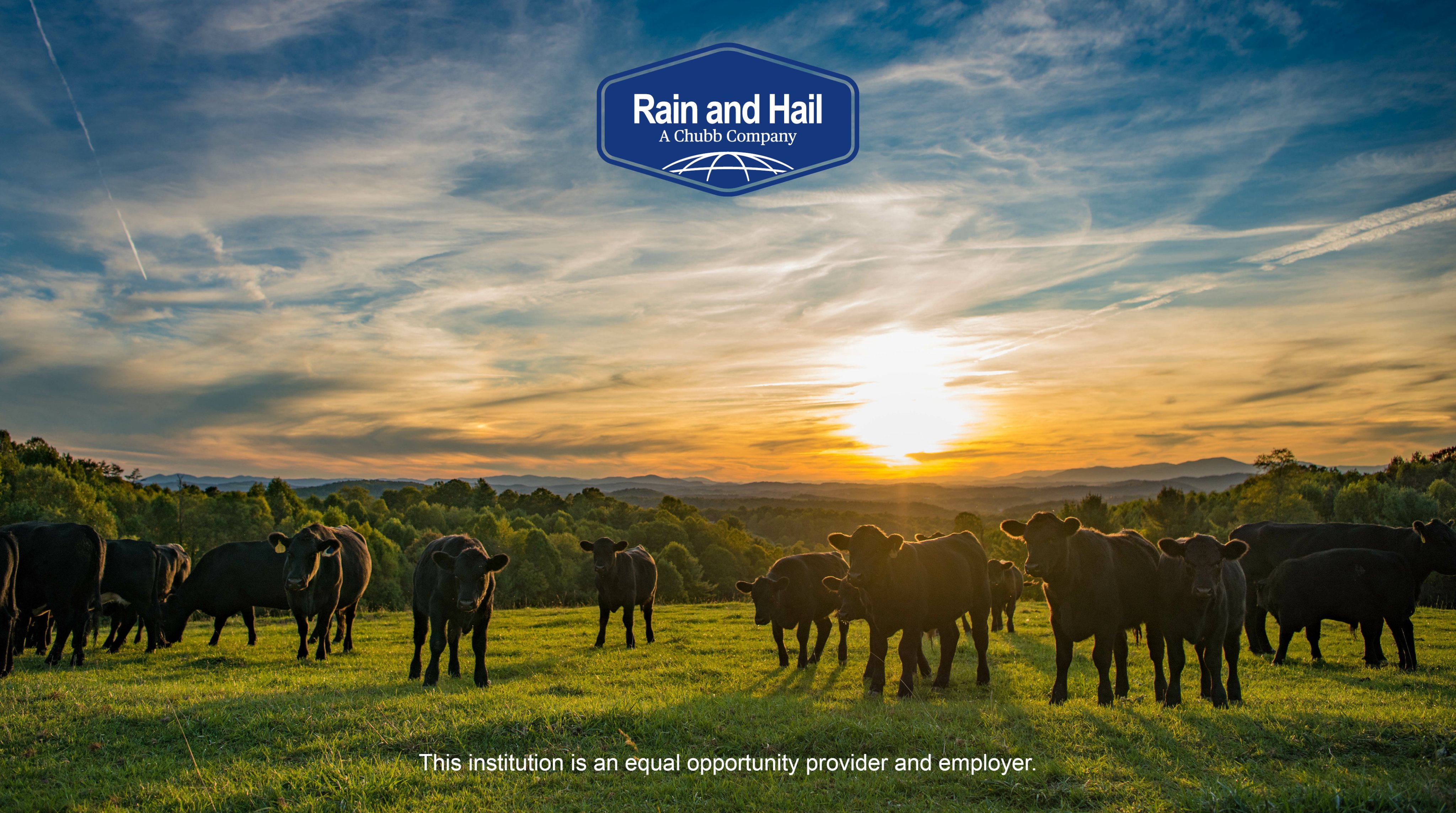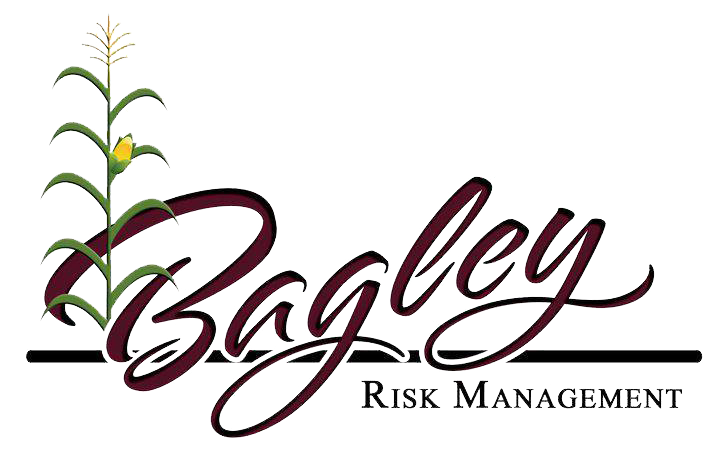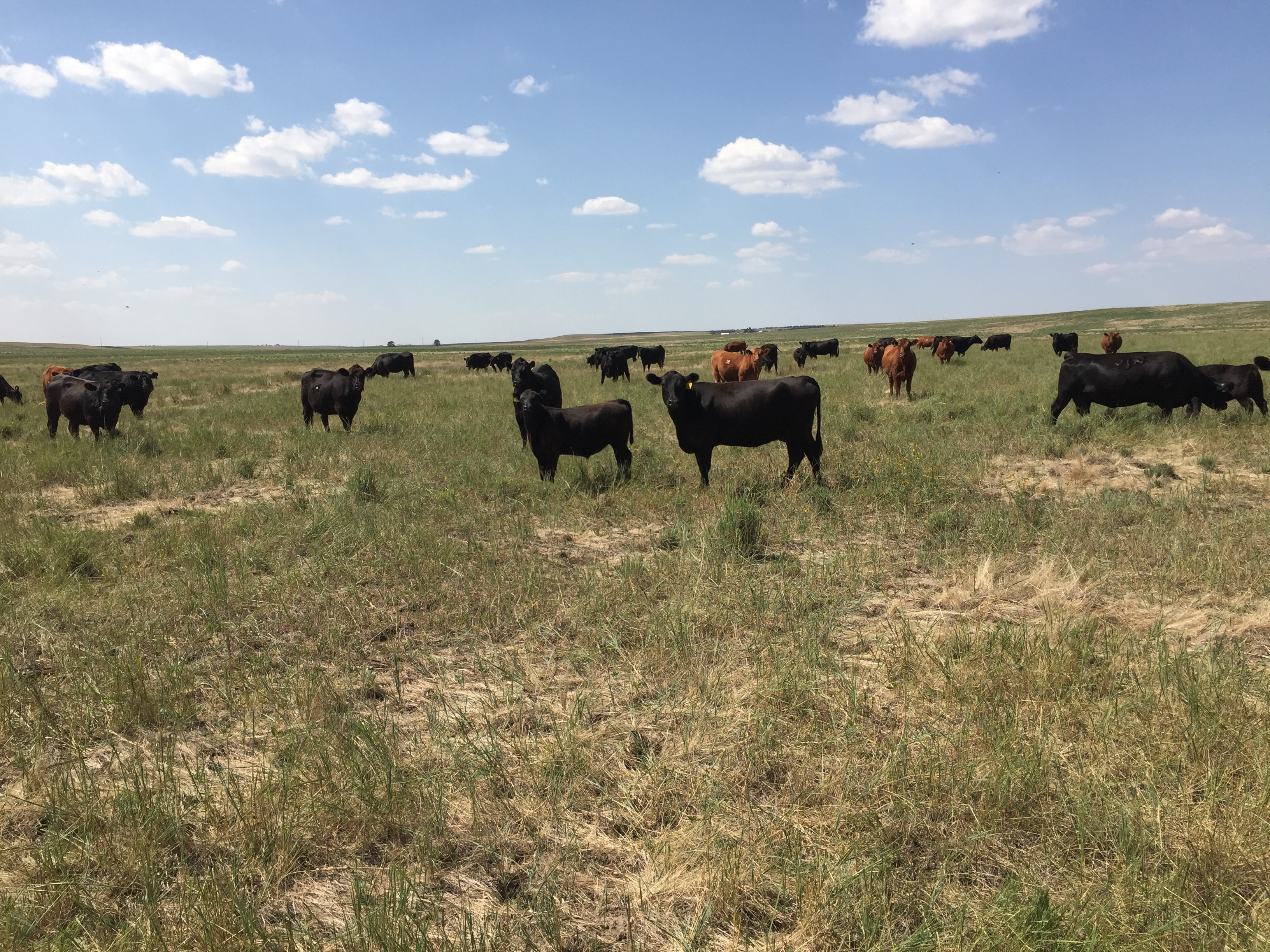Recognizing Livestock Risk Security (LRP) Insurance Coverage: A Comprehensive Overview
Browsing the world of livestock danger defense (LRP) insurance policy can be a complex endeavor for numerous in the farming market. From how LRP insurance policy works to the numerous insurance coverage alternatives offered, there is much to reveal in this extensive overview that could possibly form the way livestock producers approach danger administration in their services.

How LRP Insurance Works
Periodically, comprehending the technicians of Livestock Risk Security (LRP) insurance can be intricate, yet damaging down just how it works can supply clarity for breeders and farmers. LRP insurance coverage is a risk management tool designed to shield livestock producers against unforeseen rate decreases. The plan permits producers to establish a coverage degree based upon their details demands, picking the variety of head, weight range, and coverage price. As soon as the policy is in place, if market costs drop below the insurance coverage price, producers can submit a case for the difference. It is essential to note that LRP insurance policy is not an income assurance; instead, it focuses entirely on cost threat defense. The protection period usually varies from 13 to 52 weeks, supplying adaptability for producers to choose a period that aligns with their manufacturing cycle. By utilizing LRP insurance, farmers and herdsmans can alleviate the monetary threats linked with changing market rates, ensuring greater stability in their procedures.
Eligibility and Coverage Options

When it comes to protection choices, LRP insurance supplies producers the flexibility to pick the insurance coverage level, coverage duration, and endorsements that ideal suit their danger administration demands. By understanding the qualification criteria and insurance coverage options available, animals manufacturers can make informed choices to manage risk successfully.
Benefits And Drawbacks of LRP Insurance Coverage
When assessing Animals Danger Security (LRP) insurance coverage, it is important for animals producers to consider the advantages and negative aspects inherent in this risk management tool.

One of the main advantages of LRP insurance policy is its capability to give protection against a decline in livestock prices. Additionally, LRP insurance coverage provides a level of versatility, enabling producers to personalize insurance coverage levels and policy periods to suit their particular demands.
Nevertheless, there are likewise some downsides to consider. One limitation of LRP insurance policy is that it does not safeguard versus all types of risks, such as condition outbreaks or natural calamities. Costs can occasionally be pricey, specifically for producers with large animals herds. It is essential for producers to very carefully assess their individual risk exposure and monetary scenario to determine if LRP insurance is the appropriate threat monitoring device for their procedure.
Understanding LRP Insurance Premiums

Tips for Making Best Use Of LRP Conveniences
Maximizing the benefits of Livestock Risk Security (LRP) insurance coverage requires tactical preparation and positive risk monitoring - Bagley Risk Management. To maximize your LRP insurance coverage, consider the complying with suggestions:
Routinely Assess Market Conditions: Keep notified regarding market trends and cost fluctuations in the livestock market. By keeping an eye on these elements, you can make educated choices about when to acquire LRP insurance coverage to shield against potential losses.
Establish Realistic Insurance Coverage Levels: When selecting insurance coverage levels, consider your production costs, market worth of livestock, and possible risks - Bagley Risk Management. Setting reasonable protection degrees ensures that you are sufficiently protected without paying too much for unnecessary insurance
Diversify Your Protection: Rather of counting solely on LRP insurance, think about expanding your threat administration approaches. Combining LRP with other threat management tools such as futures contracts or choices can give extensive protection against market unpredictabilities.
Review and Readjust Protection Consistently: As market conditions transform, regularly evaluate your LRP protection to guarantee it aligns with your current risk direct exposure. Changing coverage degrees and timing of purchases can assist optimize your threat defense check my reference technique. By adhering to these pointers, you can maximize the advantages of LRP insurance and protect your livestock procedure versus unanticipated risks.
Final Thought
To conclude, animals risk security (LRP) insurance coverage is a valuable device for farmers to handle the financial threats related to their animals procedures. By comprehending how LRP works, eligibility and coverage alternatives, as well as the pros and disadvantages of this insurance policy, farmers can make informed decisions to shield their incomes. By meticulously thinking about LRP premiums and executing techniques to make the most of advantages, farmers can mitigate prospective losses and ensure the sustainability of their operations.
Animals manufacturers interested in acquiring Livestock Danger Defense (LRP) insurance coverage can check out an array of qualification requirements and insurance coverage alternatives tailored to their particular livestock operations.When it comes to insurance coverage choices, LRP insurance coverage offers manufacturers the adaptability to choose the insurance coverage level, coverage duration, and recommendations that best match their danger administration needs.To grasp the complexities of Livestock Threat Protection (LRP) insurance fully, understanding the factors influencing LRP insurance premiums is essential. LRP insurance premiums are identified by various elements, consisting of the insurance coverage degree selected, the expected cost of livestock at the end of the protection period, the type of animals being guaranteed, and the length of the coverage duration.Evaluation and Readjust Protection Routinely: As market conditions change, this post regularly examine your LRP coverage to ensure it aligns with your present risk direct exposure.
Comments on “Boost Your Experience with Bagley Risk Management”